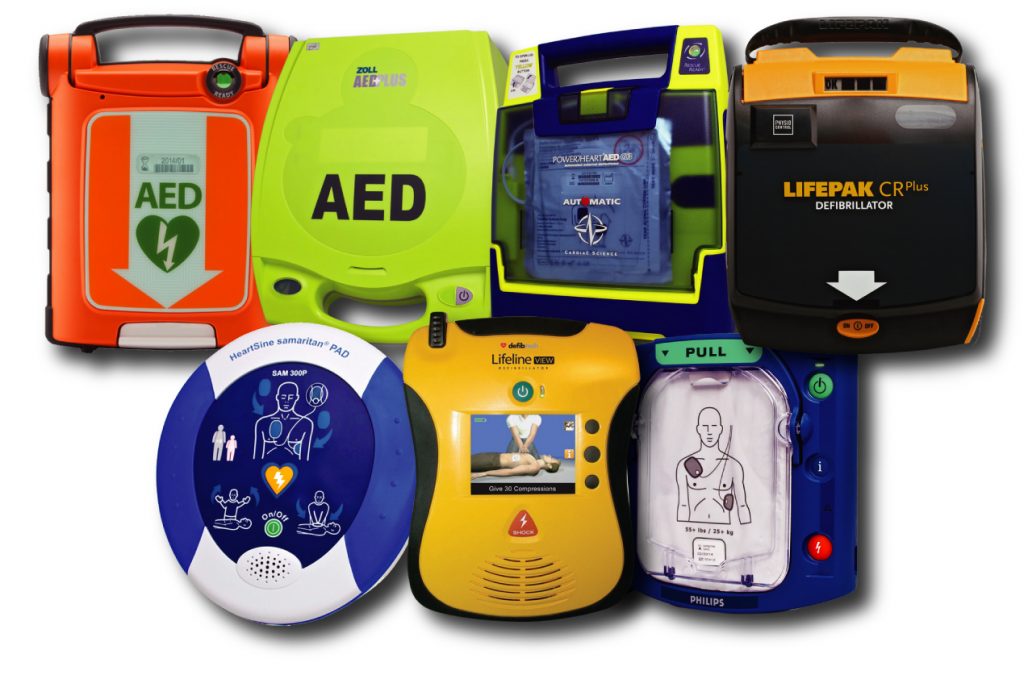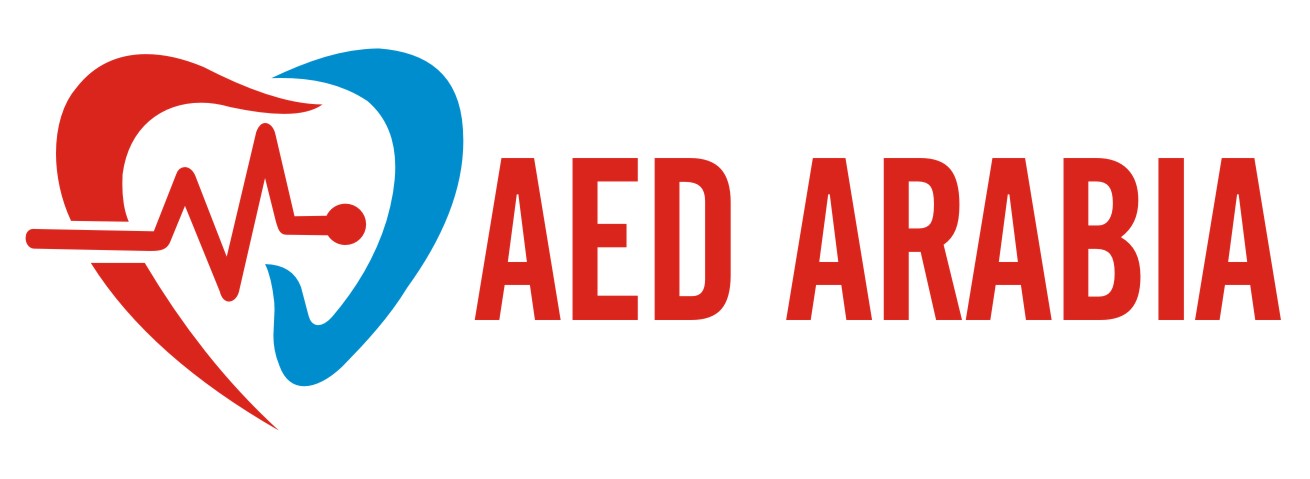- Your cart is empty
- Continue Shopping
Guide to Purchase AED and AED Accessories
- AED Machines
- Posted on
-
by wllehjmy

In today’s fast-paced world, sudden cardiac arrest (SCA) can strike anyone, anywhere, at any time. With survival rates decreasing by 10% for every minute that passes without defibrillation, having an automated external defibrillator (AED) close at hand can mean the difference between life and death. But how do you choose the right AED for your needs? This comprehensive “guide to making an AED purchase and AED accessories” walks you through the essential factors to consider when purchasing an AED and its accessories, ensuring you make the best possible investment in life-saving technology.
What is an AED?
An AED, or automated external defibrillator, is a life-saving device designed to analyze heart rhythm and deliver an electric shock to restore normal heartbeat during sudden cardiac arrest. With clear, step-by-step instructions and guidance on how to position electrode pads on the patient’s chest, automated external defibrillators are designed to be user-friendly, enabling even children to utilize them effectively.
Public access AEDs and professional use AEDs are the two primary types of AEDs. These AEDs have different applications and serve different purposes. Public access AEDs are located in places like airports, community centers, and schools, while professional-use AEDs are found in hospitals and ambulances.
Given the wide range of reputable brands such as:
Cardiac Science
Defibtech
Heartsine
Philips
Physio-Control
Zoll
Selecting an AED that aligns with your individual requirements becomes a necessity.
Sudden Cardiac Arrest and Ventricular Fibrillation: Causes and Symptoms
Sudden cardiac arrest is often caused by an abnormal heart rhythm known as ventricular fibrillation. This can be triggered by various factors, including high blood pressure, heart attack, or electrolyte imbalances. High blood pressure can escalate conditions that disrupt the heart’s normal electrical signals, making it susceptible to ventricular fibrillation and increasing the risk of sudden cardiac arrest.
In the event of a heart attack, disruption of electrical signals can lead to ventricular fibrillation, causing the heart to stop beating abruptly and resulting in cardiac arrest. Recognizing and addressing these risk factors and understanding the primary causes of sudden cardiac arrest related to ventricular fibrillation, is vital for ensuring the timely and appropriate use of an AED during emergencies.
How AEDs Save Lives
AEDs save lives by quickly restoring normal heart rhythm during sudden cardiac arrest. With electrode pads placed on the patient’s chest, AEDs analyze the heart rhythm and deliver a controlled electric shock if a shockable rhythm is detected. This resets the heart’s electrical activity, allowing it to return to its normal rhythm and resume pumping blood.
The timely use of an AED increases the chances of survival and reduces the high risk of of brain damage or death. Ensuring that your AED is:
User-friendly
Equipped with pre-connected electrode pads
Provides clear instructions
Includes visual or audio prompts
These features will make all the difference when it comes to saving lives in an emergency.
Factors to Consider When Purchasing an AED
When purchasing an AED, it’s important to consider factors such as:
the intended user population
portability
ease of use
maintenance requirements
These factors will help you select the most suitable AED for your needs, ensuring that it is ready and effective in an emergency situation.
This section will guide you through the decision-making process by outlining the various factors to consider when choosing an AED.
Adult vs. Pediatric AED Units
Adult AED units are designed for use on individuals over 8 years old, while pediatric units are specifically designed for children under 8 years old. Some AEDs can be used for both adult and pediatric patients with the appropriate accessories, such as pediatric pads that deliver a lower energy shock suitable for children.
Choosing an AED that caters to the needs of your target user group is important to ensure the right energy level is delivered during defibrillation.
Portability and Durability
Portability and durability are important factors to consider when choosing an AED. Lightweight and robust AEDs are more likely to be used effectively in emergency situations, ensuring that the device can be easily transported and withstand the rigors of daily use.
Several AED models, such as the Philips HeartStart FRx, ZOLL AED 3, and Physio-Control LIFEPAK CR2, are known for their portability. When evaluating AED size and weight, it’s recommended to identify the smallest AED that meets your requirements, striking the optimal balance between portability and durability.
Ease of Use for Untrained Responders
AEDs should be easy to use for untrained first responders too, as they are often used by laypeople in emergency situations. Clear instructions and visual or audio prompts are essential to guide users through the defibrillation process and ensure the effective use of the AED.
Some advanced AED models now, such as the Philips HeartStart, Zoll AED Plus, and Cardiac Science Powerheart G5, offer features that make them more user-friendly for untrained responders, including real-time CPR feedback and integrated coaching.
Maintenance and Upkeep
Regular maintenance and upkeep are essential for AED owners to ensure the AED remains in good working order and ready for use in an emergency. This includes inspecting electrode pads, batteries, and cables for wear or damage, and ensuring the device is up to date with the latest software.
Maintaining the AED according to manufacturer guidelines and performing regular maintenance checks are crucial to guarantee optimal performance and compliance with regulations.
Summary
In conclusion, purchasing an AED is an investment in life-saving technology that can make a profound difference in emergency situations. By understanding the importance of AEDs, the factors to consider when purchasing, the various brands and models available, and the regulations and compliance requirements, you can make an informed decision that meets your specific needs. Additionally, considering the cost and financing options available can help ensure that you find an AED that fits your budget without sacrificing quality or features. With the right AED in place, you can be prepared to save lives when it matters most.
If you are looking to buy an AED Defibrillator Machine in Saudi Arabia (KSA), AED Arabia offers a wide range of AED Defibrillator Machines with best online prices. Our expert sales team can recommend the best AED Machines for your need and answer all your questions.
For more details on international shipping to other countries in the region including UAE, Bahrain, Oman, Qatar, and Kuwait, please contact us at inquiry@aed-arabia.com.
